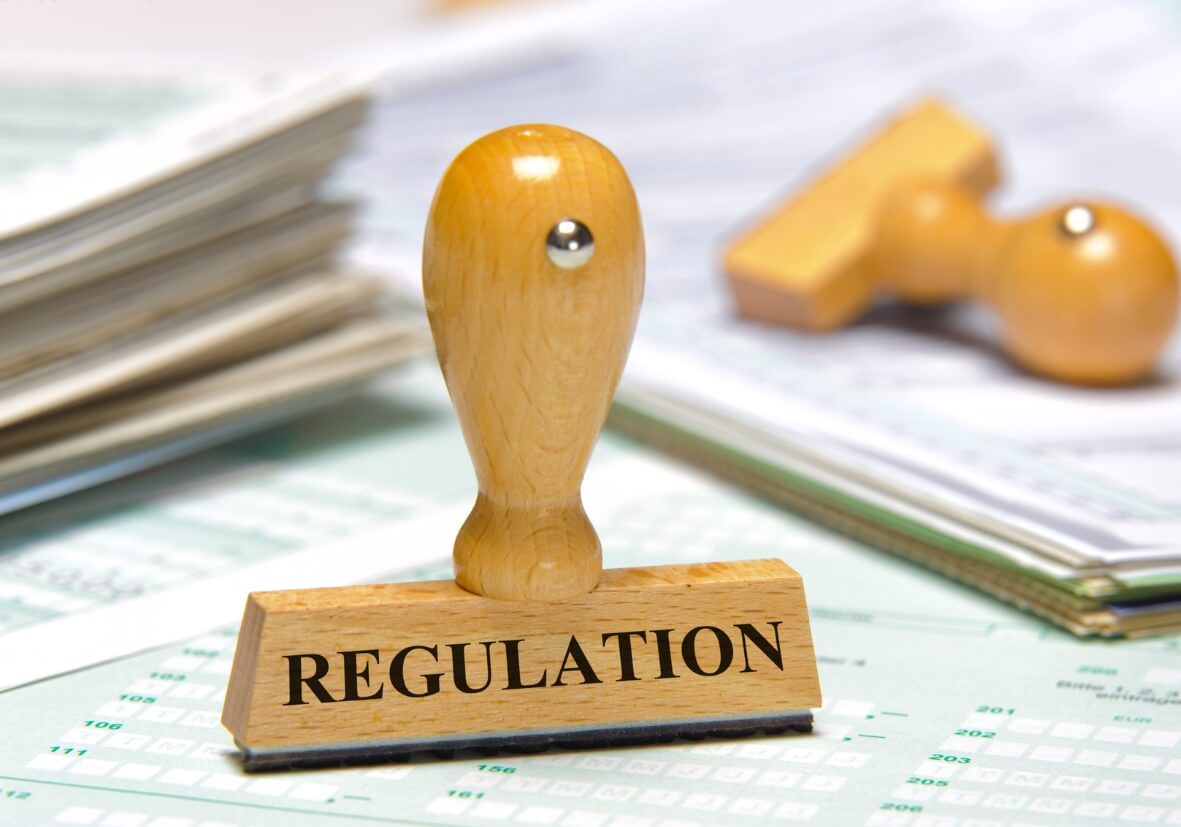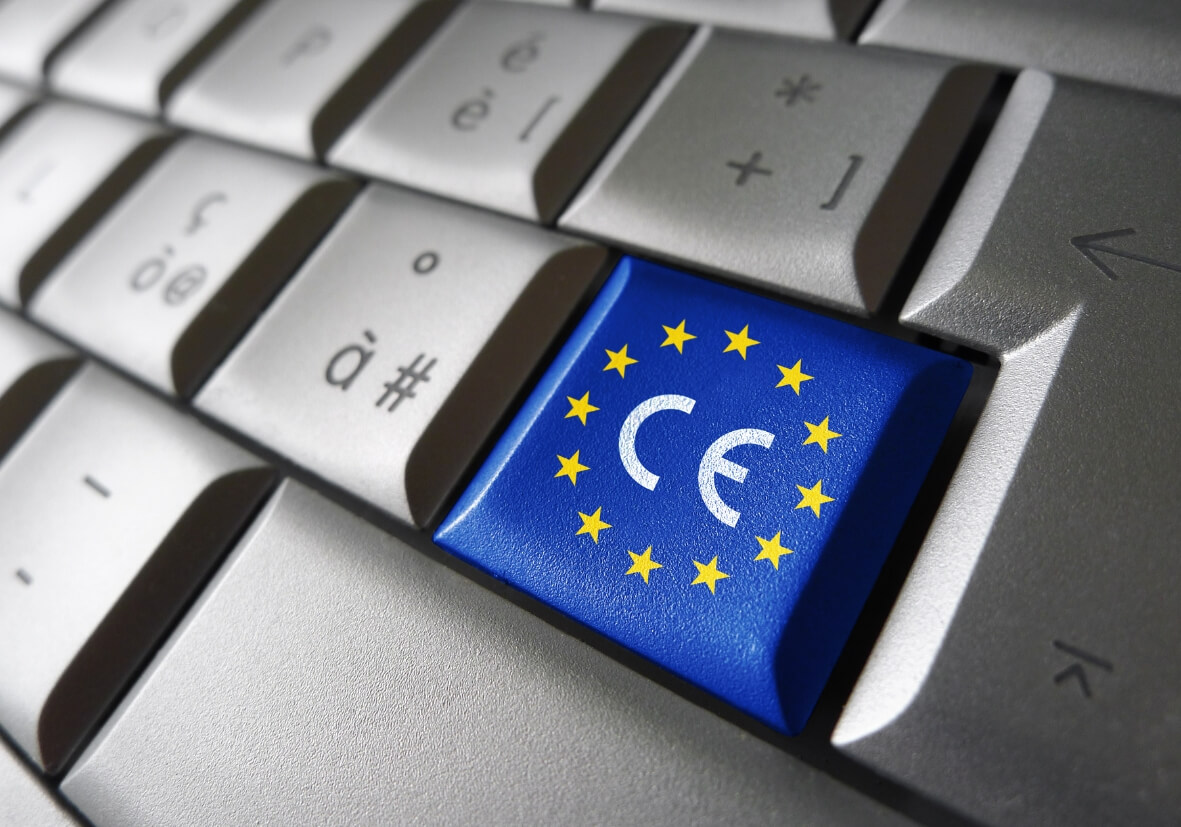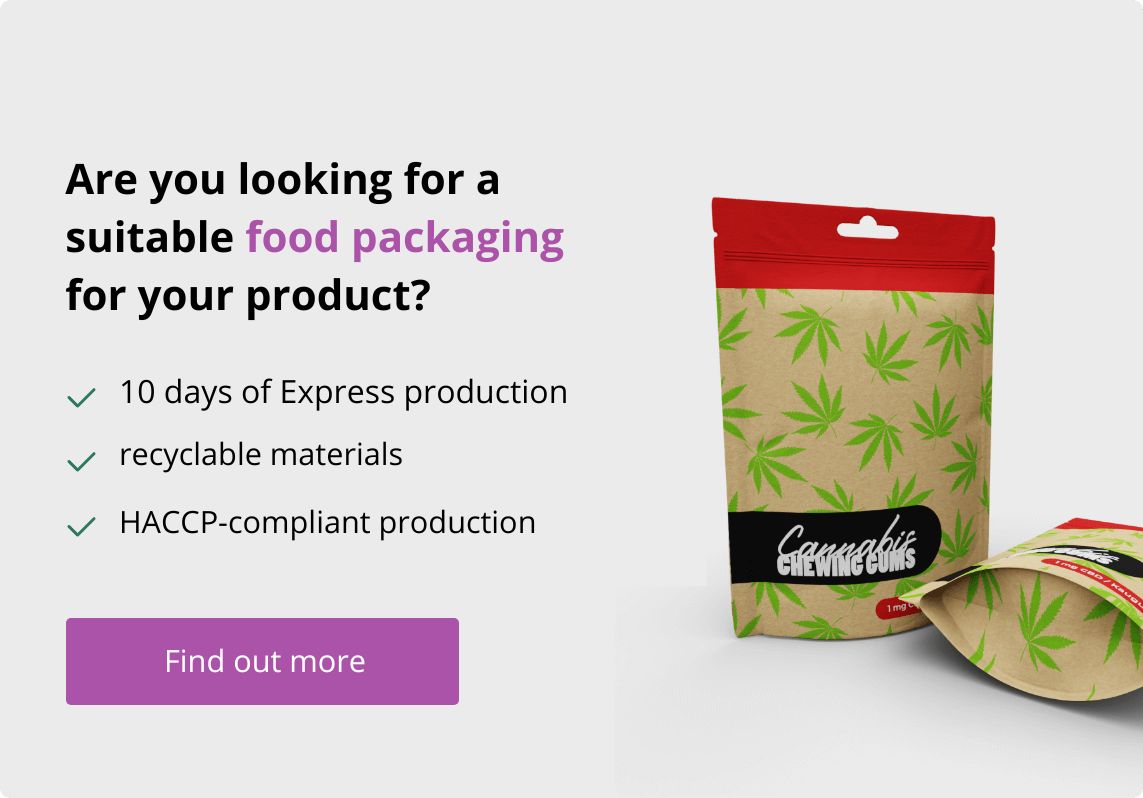Declaration of conformity - what is it and what must be included?

Definition: What is a declaration of conformity?
At first glance, a declaration of conformity is a document with a specific legal effect. The content and design of the declaration must regularly comply with certain requirements, which may result from specific standards and directives. In the case of the contents, compliance with some standards already triggers a presumption of conformity. These are harmonized European standards published by the official standardization bodies CEN (European Committee for Standardization), CENELEC (European Committee for Electrotechnical Standardization) or ETSI (European Telecommunications Standards Institute).
For the packaging sector and specifically for packaging that has direct contact with food, the following regulations are relevant, among others:
- Regulation (EC) No. 1935/2004 on materials and articles intended to come into contact with foodstuffs
- Regulation (EU) No. 10/2011, Art. 15 in conjunction with Annex IV and Regulation (EU) No. 2019/37 for plastics
- Regulation (EC) No. 450/2009, Art. 12 in conjunction with Annex II for active and intelligent materials
- (EC) No. 282/2008, Art. 12 in conjunction with Annex I for recycled plastics
- Regulation (EC) No. 1895/2005, Art. 5 and BedGgstV § 10 Para. 2a for epoxy derivatives
- Directive 2007/42/EC, Art. 6 and BedGgstV § 10 Para. 1 a for regenerated cellulose film
- RL 2005/31/EG, Art. 1 and BedGgstV § 10 para. for ceramics


Are there different types of declarations of conformity?
Declarations of conformity always refer to a specific product area. Here, very specific and individual requirements are sometimes placed on products. For example, a declaration of conformity for a machine according to the Machinery Directive 2006/42/EC looks somewhat different from one in the packaging area. However, the declarations do not differ in terms of their basic function and necessity.
Who can issue a declaration of conformity?
Who needs a declaration of conformity and when? For which products?
Anyone wishing to market products in the EU that have not been manufactured and designed in the European Union requires a declaration of conformity in many areas. The need exists when a specific directive or standard requires a declaration of conformity for such products. Behind this obligation is the protection of European consumers from products that do not meet the relevant European requirements. Consumer protection is particularly relevant when it comes to food packaging. Food packaging comes into contact with a wide range of substances and materials because it has direct contact with food. It is therefore particularly important that packaging imported into the EU clearly guarantees that it does not release any harmful substances into food and that it is non-hazardous. The declaration of conformity for a specific packaging ensures this product safety without an assessment having to be made when packaging with a specific product. The respective individual case assessment would hardly be possible from an organizational point of view.
In addition to packaging, declarations of conformity are also required for certain machines, measuring devices, medical devices, radio equipment, gas appliances, implants, elevators, low-voltage equipment, in-vitro diagnostics and many more.


What does a declaration of conformity looks like? What is included at least and from when is it valid?
The respective specific directive also determines the specific content of the individual declaration of conformity. The respective legal regulation also determines the language in which a declaration of conformity must be drawn up. In the area of packaging, for example, a declaration of conformity in German is required for regenerated cellulose, ceramics and epoxy derivatives.
As a rule, a declaration of conformity has the following minimum contents:
- Name/business address of manufacturer or authorized representative
- Product identification in the form of a serial number, type identification or model number
- Declaration of acceptance of responsibility by the issuer
- in some cases, name, address as well as identification number of a notified body that has carried out an assessment procedure to determine conformity (interesting, for example, in the case of medical devices)
- Reference to the legislation applicable to the product with which conformity exists and harmonized standards/industry standards used, if applicable
- Name/signature of the issuer
Date of issue
What is a CE mark?
For certain product areas, the CE mark indicates externally the conformity of the products with applicable legislation. Although the CE mark is about conformity, in legal transactions they are often mentally associated with a certain product quality.
There is no CE marking obligation for packaging and packaging waste. This also means that a CE mark may not be used for these types of products. Using the CE mark for products for which there is no CE marking obligation is legally considered misuse. It can mislead consumers who associate a certain product quality with the CE mark.


What is the difference between technical documentation and declaration of conformity?
The technical information for a product provides certain information. Among other things, it describes the design, manufacture and operation of a product. It also contains statements on compliance with applicable legal standards. Therefore, the technical documentation must be prepared before a product is put into legal circulation. If you like, the technical documentation justifies and confirms the declaration of conformity. Only with technical documentation may a CE mark be applied to a product.
What special features apply to packaging in direct contact with food, such as plastic packaging?
In general, food contact materials are subject to the requirement of good manufacturing practice. Such food contact materials are products that come into direct contact with food. This includes, among other things, packaging made of various materials.
Characteristic of the requirements for food packaging in direct contact with food are these:
- Materials shall not release harmful substances into food under normal conditions of use.
- In particular, no substances that may endanger human health or change the taste or composition of a food product may be dispensed.
Packaging in the food sector can be used at different process stages of the value chain. Here, not only the immediate stage of use must be described in the declaration of compliance. Likewise, commercial users must be provided with sufficient information in the declaration of compliance regarding hazardous, critical substances and specifications during use. This also applies to a subsequent process stage. In the declaration of conformity for packaging, typical impurities of source materials, reactions that occur, and degradation products are generally of interest. They must be specifically named in declarations of conformity for plastic products. This also enables downstream companies in a supply chain to carry out their own risk assessment.



 (1).png)
.png)
.png)
.png)
.png)
 (1).png)
.png)

 (1).png)
.png)
.png)
.png)
.png)
.png)


.png)
.png)



.png)


.png)
.png)
.png)
.png)












.png)


.png)
.png)
.png)
.png)
.png)
.png)
.png)










.png)







.png)
.png)












.png)
















































.png)











.png)

.png)
















